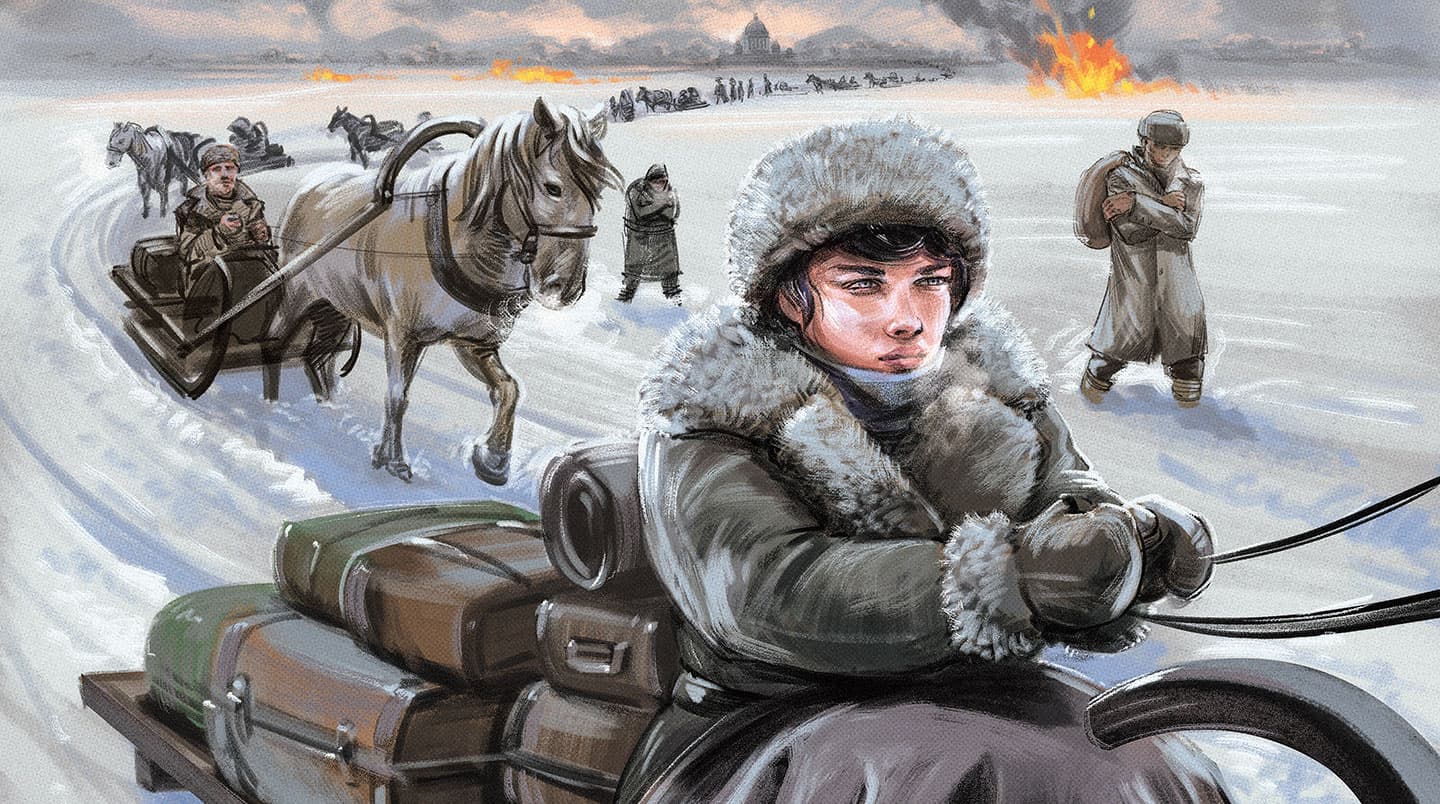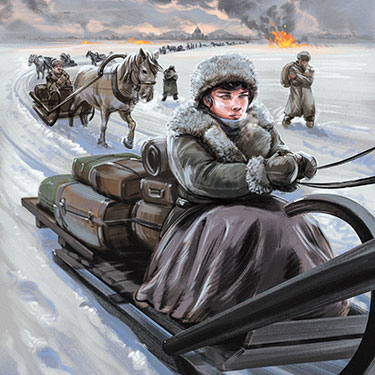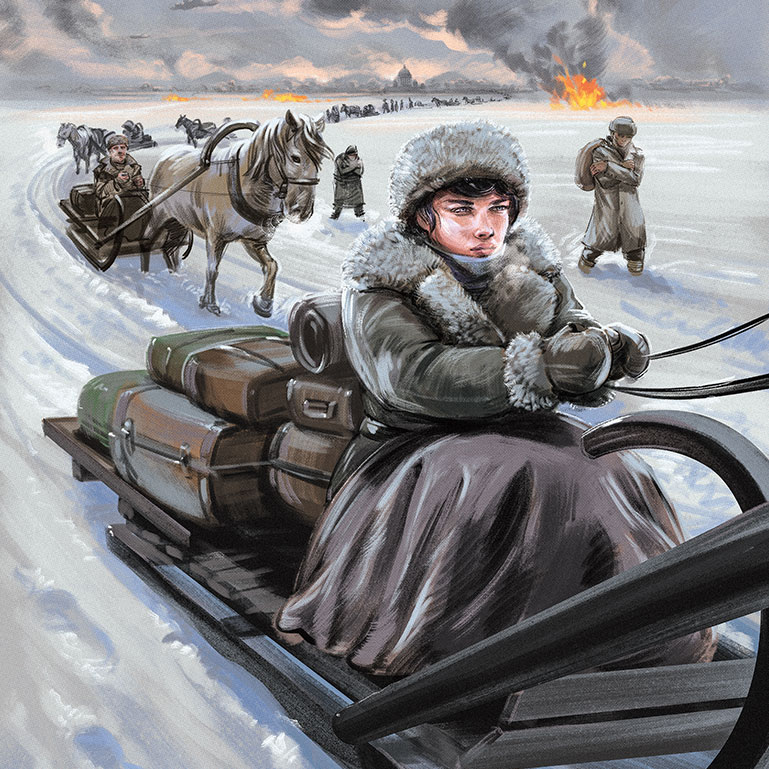Jim McMahon/Mapman®
In September 1941, Adolf Hitler’s German forces set out to destroy a city.
Two years earlier, Germany had invaded Poland, sparking World War II (1939-1945). Now much of Europe was under Nazi control. But Hitler wanted more: the Soviet Union—especially Russia, its most powerful republic. Seizing the city of Leningrad was key to his plans for conquering the entire nation.
Leningrad (now known as St. Petersburg) was then home to some 3 million people. Its naval base and hundreds of factories were central to Russia’s strength.
On September 8, 1941, German forces surrounded Leningrad, choking off all passage into and out of the city. The Siege of Leningrad would last for 872 days.
The siege was a time of unspeakable horror. When food ran out, people ate pets and “soup” made from boiled shoe leather. Residents died by the hundreds of thousands, collapsing from starvation or disease, or killed by enemy gunfire and bombs.
But the people of Leningrad refused to give in. They kept factories going and built fortifications to protect the city.
Ganna Agrest was 17 when the siege began. In the following interview by eighth-grader Sophia Leclerc, Agrest shares the story of how she survived one of the worst acts of war in history.



